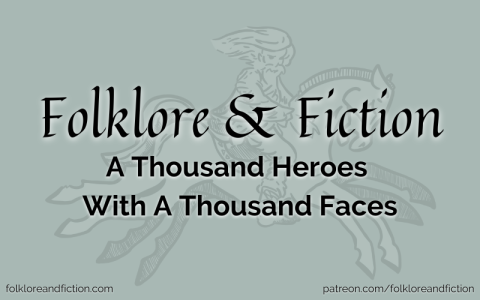
Folklore & Fiction
The October 2020 Folklore & Fiction dispatch has been recorded as a podcast, and you can both read and listen to it here. In it, I'm writing about child lore with help from scholars Gary Alan Fine and others, author Philip Pullman, and The Choral Scholars of University College Dublin. I'm also exploring the use of child lore in storycraft and providing you with an exercise on the topic. [ . . . ]
Dr. Ceallaigh S. MacCath-Moran holds B.A. in Celtic Studies from the University of Toronto, an M.A. in English and Creative Writing from the University of Maine, and a PhD in Folklore from Memorial University of Newfoundland and Labrador. She's also an author, poet, and musician under the names Ceallaigh S. MacCath-Moran and C.S. MacCath. Her long-running Folklore & Fiction project integrates these passions with a focus on folklore scholarship aimed at storytellers, and she brings a deep appreciation of animism, ecology, and folkloristics to her own storytelling. You can find her online at csmaccath.com, folkloreandfiction.com, and linktr.ee/csmaccath.
© 2025 Dr. Ceallaigh S. MacCath-Moran. All rights reserved unless Creative Commons licensing is specifically applied. To read the full "Copyright Statement and Usage Guide," visit https://csmaccath.com/copyright.